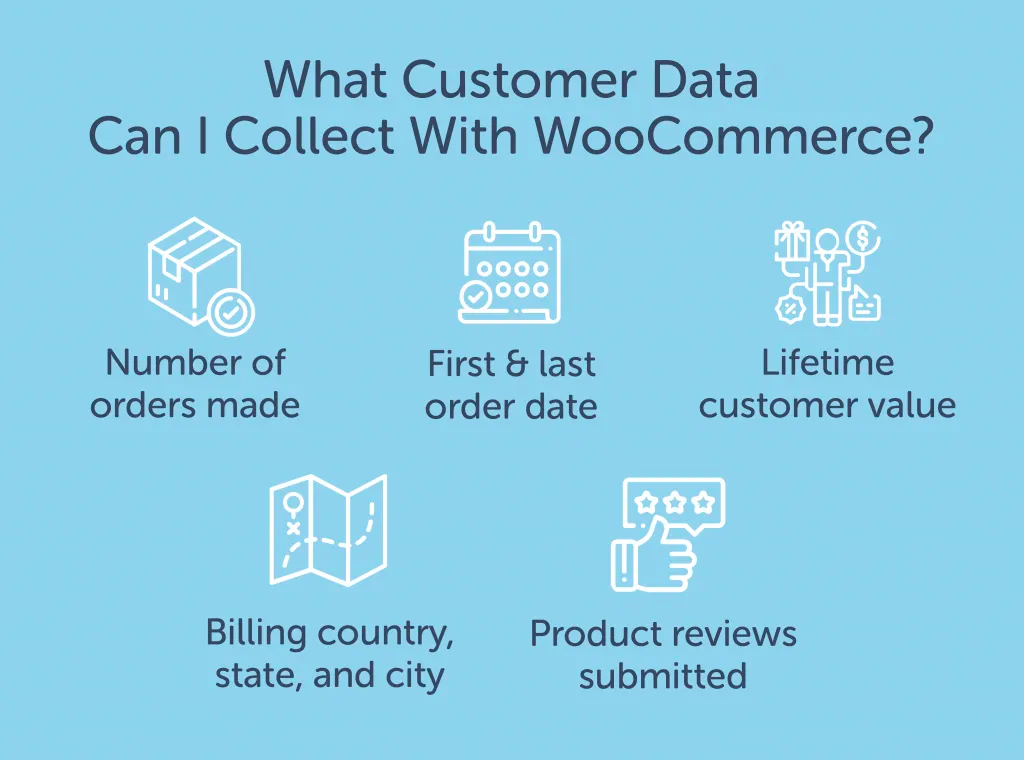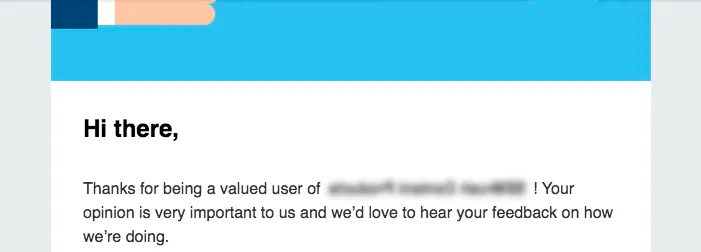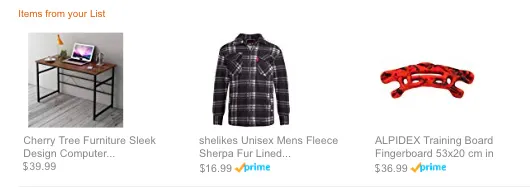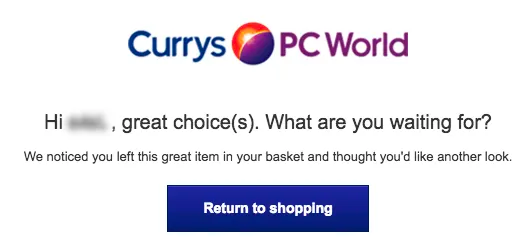Did you know that engaged customers represent a 23% share of profitability and relationship growth vs. the average customer?
What does that mean? It means that engaged customers go straight to the bottom line.
So how do you increase customer engagement and drive sales? One word: personalization.
In this article, you’ll learn how to take customer data and turn their online shopping into a personalized experience that increases customer engagement and drives sales.
Sound good? Before we get started let’s consider some questions.
What Is Customer Data? And Why Should You Care?
Customer data is any information about your customers that highlights how they are using your product or service, as well as how they are (or aren’t) interacting with your brand.
Customer data goes by a few names, including:
- customer lifecycle data
- analytics data
- behavioral data
- digital marketing data
- event data
Whatever you call them, these insights are critical (and so is keeping customer data safe).
Knowing what products a customer viewed on your ecommerce store, what landing pages they hit, any sales calls they had or any other interactions with your site are key to understanding your market.

What Kind of Data Can I Collect?
You can collect all sorts of user data from your WooCommerce store, including:
- number of orders made
- first & last order date
- lifetime customer value
- billing country, state, and city
- product reviews submitted
How To Collect Customer Data
There are three distinct ways you can go about collecting this information:
- directly asking customers
- indirectly tracking customers
- using other sources of customer data to your own
Ideally, use a mixture of all three.
So you’ve got all this data. Now what? It’s time to understand customer engagement.
Customer Engagement 101
Customer engagement is the connection between consumers and your company or brand through your channels. It can come in the form of reactions, interactions, or overall customer experience. Customer engagement is all about compelling your customers to interact with your brand.
Done well, it is a strong and stable growth strategy. A solid customer engagement strategy not only encourages growth, but it also boosts brand loyalty.
There are different types of engagement including contextual, convenience, emotional, social, and post-purchase engagement.
Focusing on customer engagement flips around the buyer-seller business model. You as a company are no longer looking to extract revenue from your customers but instead, create value for them.
Customer engagement done correctly leads to stellar customer experiences, helps ease customer support, and can even lead to compelling original content.
Want to build a loyal customer following? Check out these customer engagement strategies:
- prioritize customer experience
- have a brand voice familiar to your audience
- engage on social media
- create useful content people want to read
- listen and respond to feedback
But what if you want to engage by speaking more directly to a customer’s individual needs?
Enter Email Personalization
Email personalization is when you use subscriber data to tailor email communication to them and send subscribers only relevant content. This makes them feel like you are talking directly to them, like a trusted friend.
Personalizing your messaging for customers can help move the needle. In fact, it’s proven to increase open rates by as much as 50%.
Gathering subscriber data and segmenting subscribers into more detailed lists is key. No one wants to be a target for mass marketing.
5 Ways to Personalize Your Emails and Drive Sales
Remember all that user data you collected? Your customers’ names, the offers they like, and what they’ve ordered from you in the past? Well, now it’s time to put that data to use and personalize your email campaigns.
1. Your Copy
Use a personalized email subject line and email copy.
Talk to your customers like you are talking to a friend. You’ll get a better response and form a better relationship.
For example, this email from a B2B data provider could be to anyone:

It’s pretty generic and doesn’t really speak to the recipient. This email from Zapier however, directly addresses the customer.

Use of a name — a first name in this case — delivers a friendly tone along with helpful information.
2. Your Imagery
Personalizing the images you show to customers is a great way to increase engagement.
Change the images based on the available data you have. For example, change imagery to reflect locations for customers in different parts of the world.
Or like Booking.com, you can change images based on recent search activity.

3. Your Offers
Once you have enough data, you can create customer profiles — then show customers offers that are more likely to ensure engagement.
If you run a clothing store, it wouldn’t make sense to promote offers on women’s belts to customers who have only ever bought men’s slacks. Or, if you’re a travel site, promote family vacation packages to customers who only buy single tickets. It doesn’t have to be as clear-cut as these examples. Prioritize the most relevant promotions.
The education company General Assembly provides classes on design, product management, and marketing. They highlight specific topics when promoting their free resources.
Your offer is only as good as the people you are showing it to.
4. Your Product Recommendations
Product recommendations offer a great opportunity to get customers to make additional purchases. You might as well increase the odds by using customer data to recommend products they’ll actually want.
You can get this information from past purchases, personal preferences, or if you have a wish lists feature.
Amazon injects items from customer wish lists into emails.

With the help of an email marketing provider like Mailchimp or Campaign Monitor, you can integrate customer data into your campaigns.
Using this data creates more relevant and therefore, higher-converting email campaigns. Plus, it builds up the trust necessary for a long-term relationship that increases a customer’s lifetime value.
5. Cart Abandonment Emails
Did you know that abandoned carts account for a massive $4 trillion of lost revenue each year?
You (and your website) have already done the hard work. You brought a customer to your site, directed them to a product, they’ve made a selection, and added it to the cart. Then for whatever reason, they’ve decided not to complete their order.
You don’t want to be leaving revenue like that on the table, so give them a nudge with a cart abandonment email to recapture their purchase.
It doesn’t have to be complex. Just send a gentle reminder.

You increase the likelihood of cart abandonment emails when you personalize these reminders based on customer data. Using their name is a good place to start. You could also offer a discount or related products to further entice them.
Making Your Data Go Further
So you’ve collected all this customer data, analyzed it, and personalized your email campaigns. Now what?
Pick some ecommerce metrics to work toward. You’ll want to track and measure your progress so you can improve.
Don’t track too many goals. Too much tracking can lead to analysis paralysis — you spend too much time looking at numbers and not enough time implementing. It’s a balancing act.
Think of the questions you want to answer, and then work backward.
Figuring out answers to these questions will help your business grow and help boost your customer engagement.
How Collecting Customer Data Adds Up to Success
Gathering customer data is a never-ending task, but collecting it, storing it, and analyzing it can be the key to turning your business into a long-term and profitable business.
It’s a simple equation:
Customer Data + Customer Engagement = Sales
Get an All-in-One Service Instead
Instead of buying or compiling individual tools for building customer engagement, save time and money with fully managed WooCommerce hosting from Nexcess, which comes with analytics and cart abandonment solutions out-of-the-box.
Check out our plans to get started today.

